Does a high-lift slurry pump have suction lift?
The suction lift of a slurry pump, also known as the ma [...]
The suction lift of a slurry pump, also known as the maximum self-priming height, refers to the self-priming height of the slurry pump.
The working principle of a slurry pump is to use the centrifugal force generated by the rotation of the impeller to discharge the slurry. Therefore, slurry pumps generally do not have suction lift. If we have to talk about the suction lift of a slurry pump, it is probably around 3-5 meters. Slurry pumps are usually installed with a downward flow arrangement to allow fluid to flow into the pump chamber. If the installation conditions do not allow for a downward flow arrangement, a foot valve can be installed on the inlet of the pump. Before starting the pump, the pump chamber of the slurry pump should be filled with liquid, and then the pump can be started slowly. Another method is to install a vacuum tank with a volume five times that of the total inlet pipe volume. During the pumping process, the outlet valve should be opened to exhaust air, and then slowly closed before starting the pump.
For situations where the liquid level is lower than the ground, a submersible slurry pump or a submerged slurry pump can be selected. The submersible slurry pump is immersed in the slurry and can still operate when the incoming flow is insufficient, so the issue of suction lift does not apply. The submerged slurry pump is entirely submerged in the liquid along with the motor, so suction lift is not a concern either.
Choosing a suitable slurry pump is crucial for the entire project process. It is recommended to consult a professional slurry pump manufacturer for selection. If you would like to learn more about slurry pumps, please feel free to contact us!




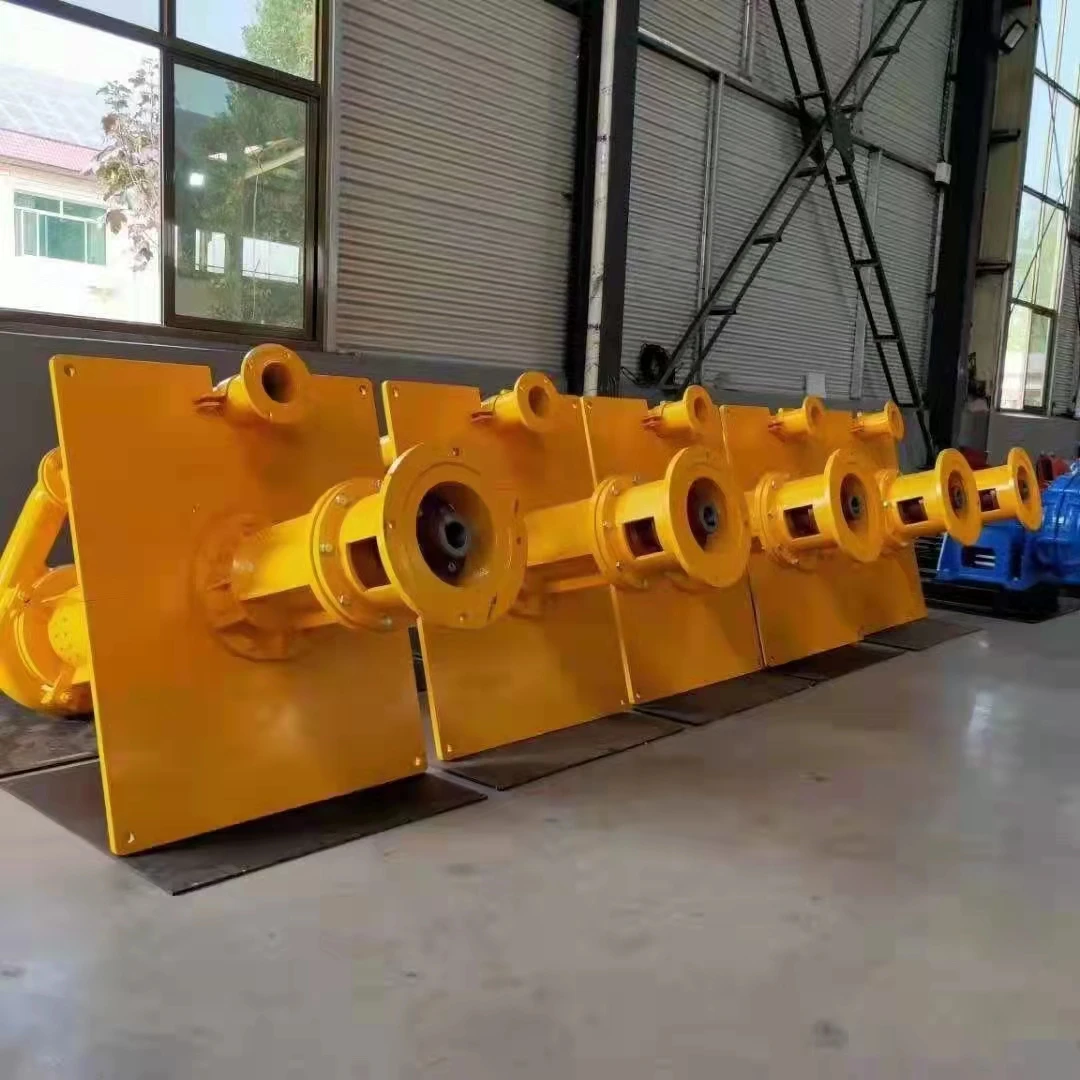
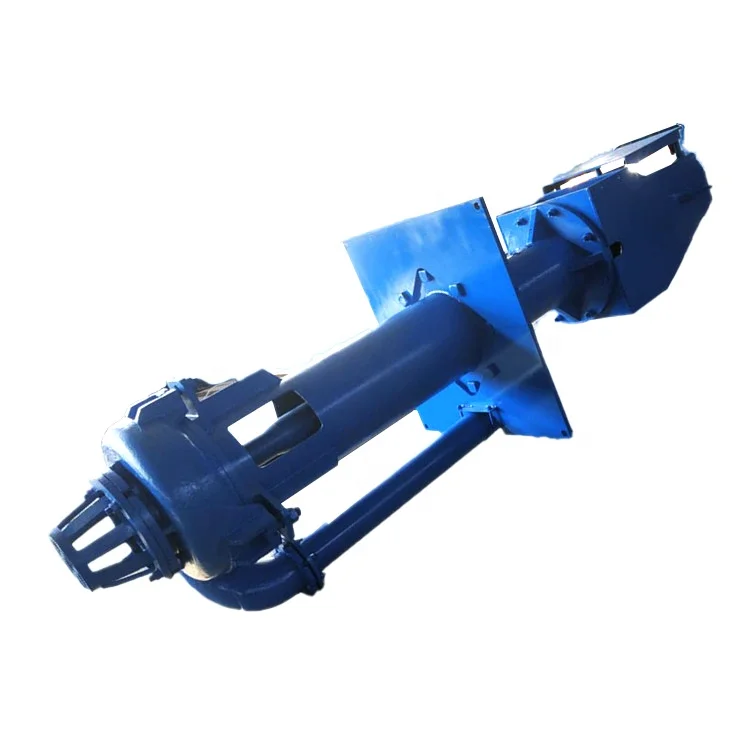
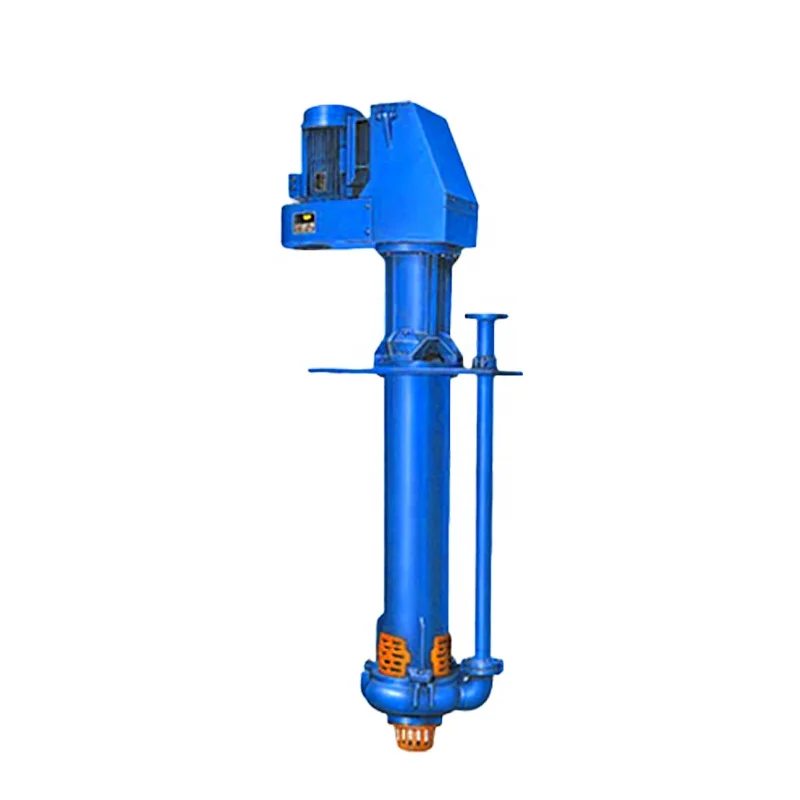
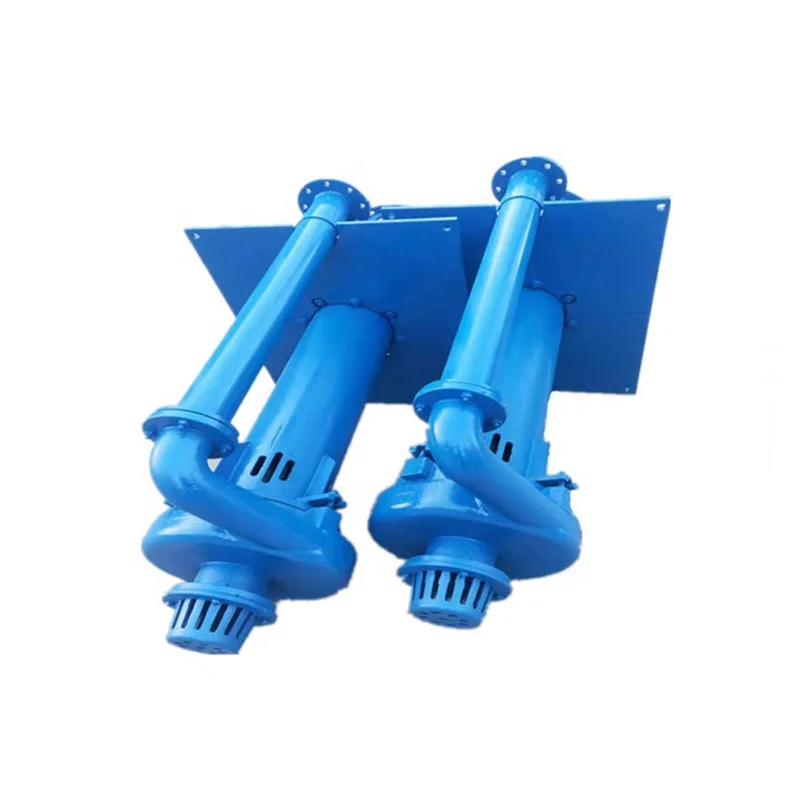
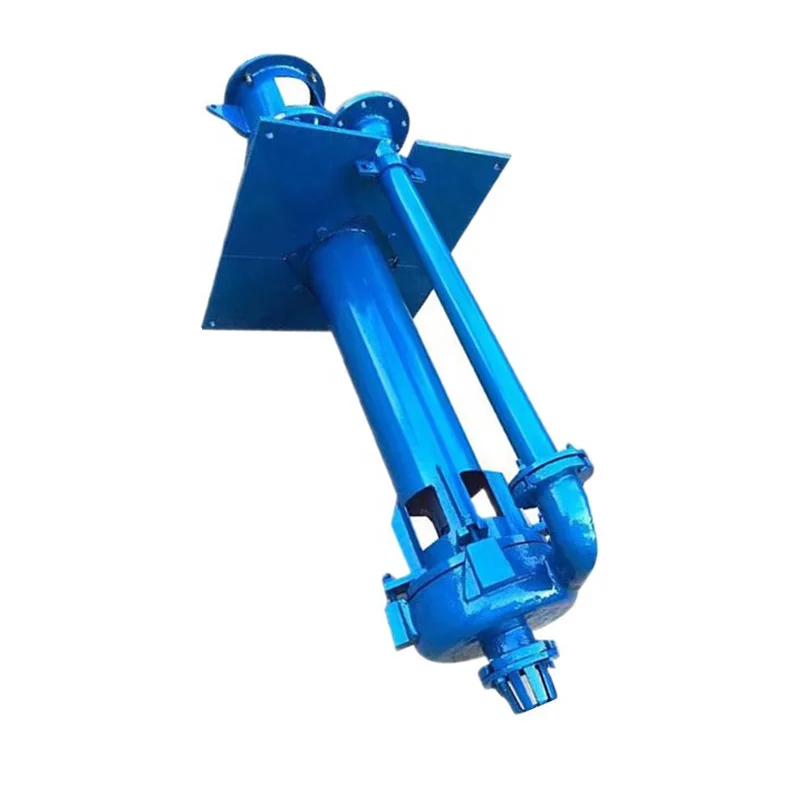

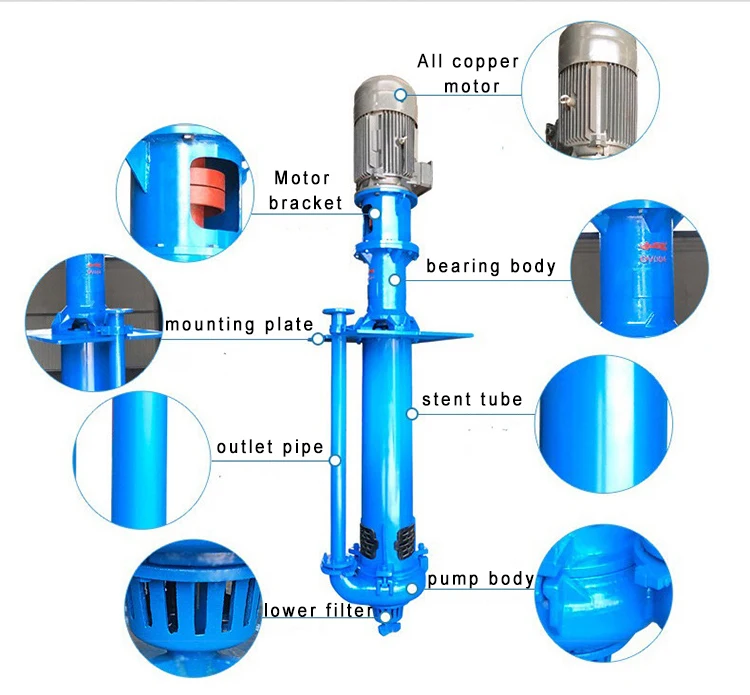
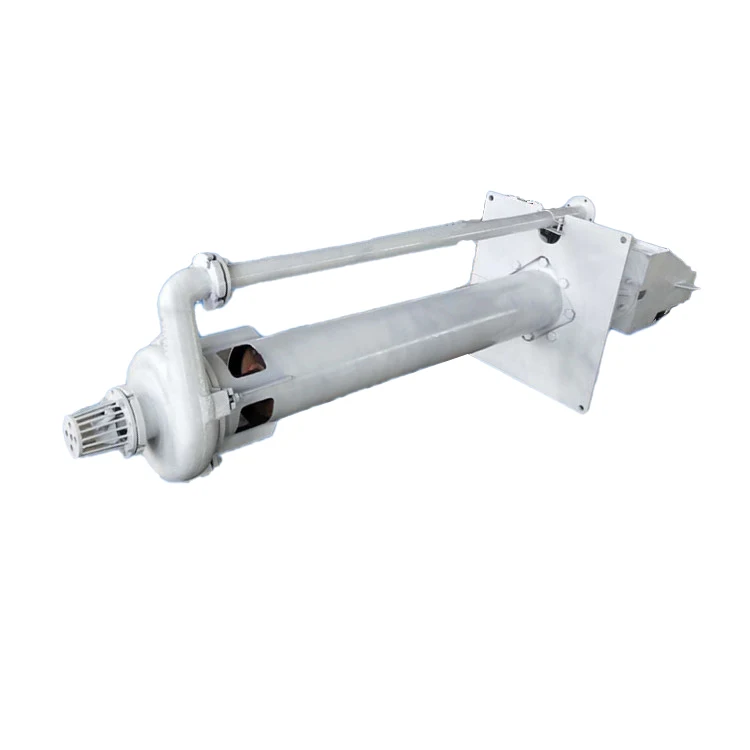
Please login to write a comment after